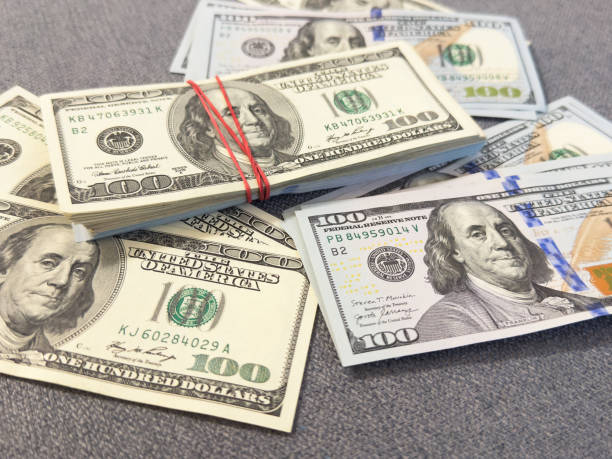And so, the curtain fell.
After thousands of years in which gold had quietly underpinned the world’s wealth—resting in vaults, stamped into coins, backing the very paper people carried in their pockets—its rule came to an end in 1971, not with fanfare or violence, but with a calm presidential speech.
With Nixon’s announcement, the world stepped away from gold and into something entirely new: the era of fiat currencies. It was a bold shift—from a system grounded in something tangible, to one powered purely by trust.
From that moment on, money had no metal behind it. No shimmering gold bars in exchange for paper notes. Just a promise, a belief, a shared agreement that this piece of currency still meant something. The world had crossed a line—and there was no going back.

What Does “Fiat Currency” Even Mean?
Let’s break it down:
🪙 Fiat (Latin for “let it be done”) money is currency that has value because the government says it does, not because it can be traded for something real like gold.
- It’s not backed by physical assets.
- Its value comes from trust—in the issuing government, its economy, and the belief that others will accept it too.
- Every major currency today—dollar, euro, yen, yuan—is fiat.
So when Nixon cut the cord to gold, he didn’t just end convertibility. He set the stage for a whole new kind of money.
How the World Reacted to the Fiat Era
At first, the reaction was mixed. Some countries tried to hang on to gold. Others embraced the change. But by the late 1970s?
✅ Fiat money was the new global norm.
Here’s how it played out:
🌍 Countries Let Their Currencies Float
- With no gold to anchor exchange rates, currencies began to float freely.
- The value of money was now set by market forces—supply, demand, interest rates, politics.
💼 Central Banks Became the New Powerhouses
- In the gold era, their main job was to defend the gold peg.
- In the fiat era, they gained new tools: controlling inflation, interest rates, money supply.
- Think Federal Reserve, European Central Bank, Bank of Japan—all major players in this new game.
📉 Inflation Hit Hard
- Without the discipline of gold, some countries printed money too freely.
- The result? High inflation in the 1970s, and even hyperinflation in places like Argentina and Zimbabwe later on.
But despite all the ups and downs, the fiat system stuck. Because it offered something the gold standard couldn’t: flexibility.
Why the World Chose Fiat Over Gold
The gold standard was elegant—but it had limitations. In the fast-paced, complex post-war world, countries needed a system that could adapt.
Here’s why fiat won out:
🛠 1. Flexibility in Crises
- Governments could respond to economic shocks—recessions, wars, pandemics—by adjusting money supply or interest rates.
- Under gold, they were stuck.
📈 2. Room for Growth
- Fiat systems allow for credit expansion, which helps drive business investment and consumer spending.
🌐 3. Political Control
- Countries regained full control of their own monetary policies. They no longer had to defend fixed gold exchange rates.
✅ Result: Even with all its flaws, the fiat system allowed economies to be more dynamic, more responsive—and more risky.
Conclusion: The End of the Gold Age, the Rise of Trust-Based Money
With Nixon’s 1971 decision, the world crossed a one-way bridge.
🪙 The traditional gold standard? Gone.
💵 The new world of fiat currencies? Here to stay.
Now, the value of money wasn’t measured in metal—it was measured in trust, policy, and belief. And for the last 50+ years, this system has shaped the financial lives of every person on the planet.
But trust is a fragile thing. And in the chapters ahead, we’ll explore how the fiat era brought enormous growth—and opened the door to new dangers.
